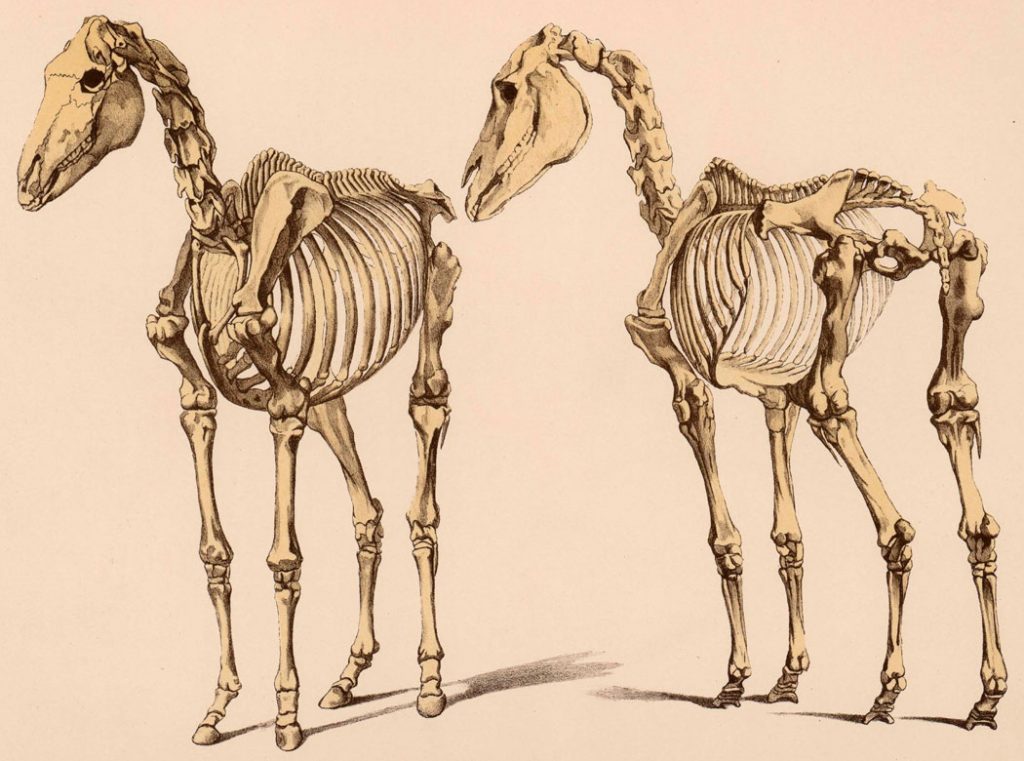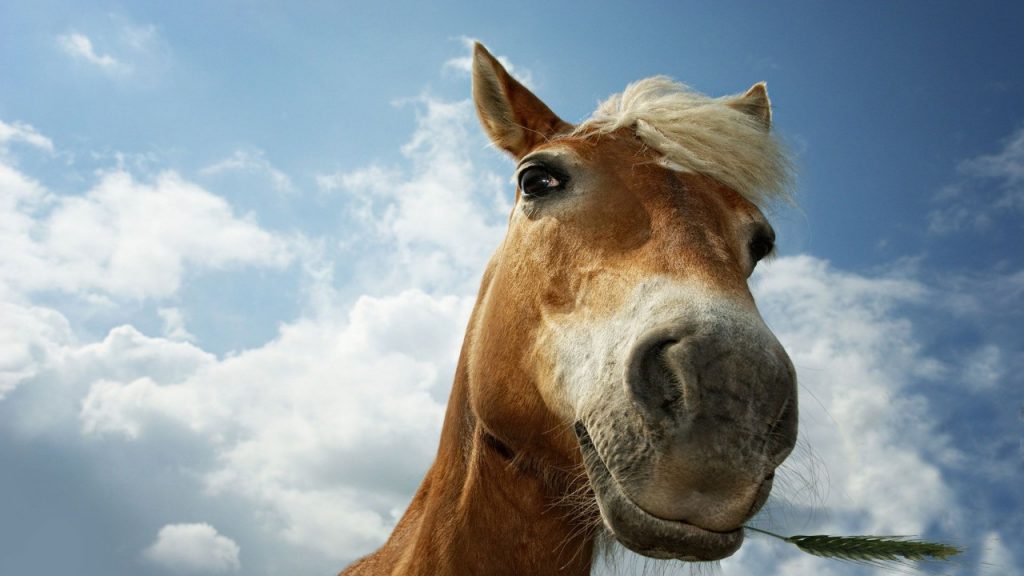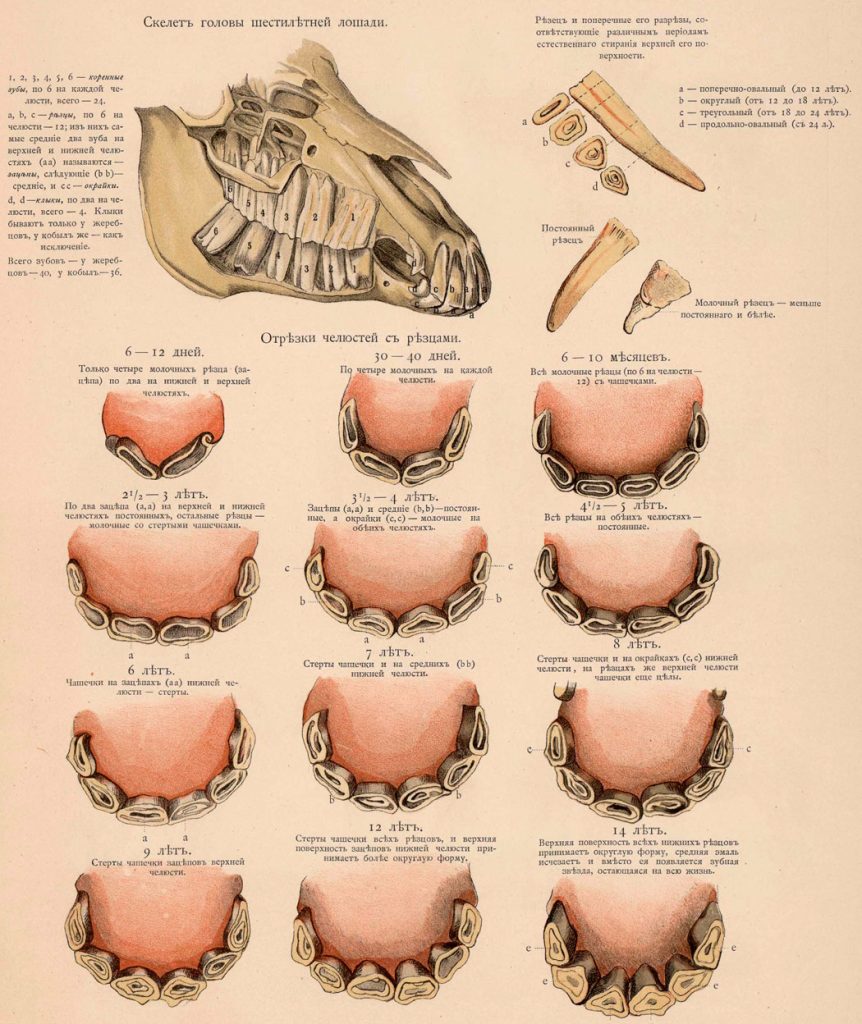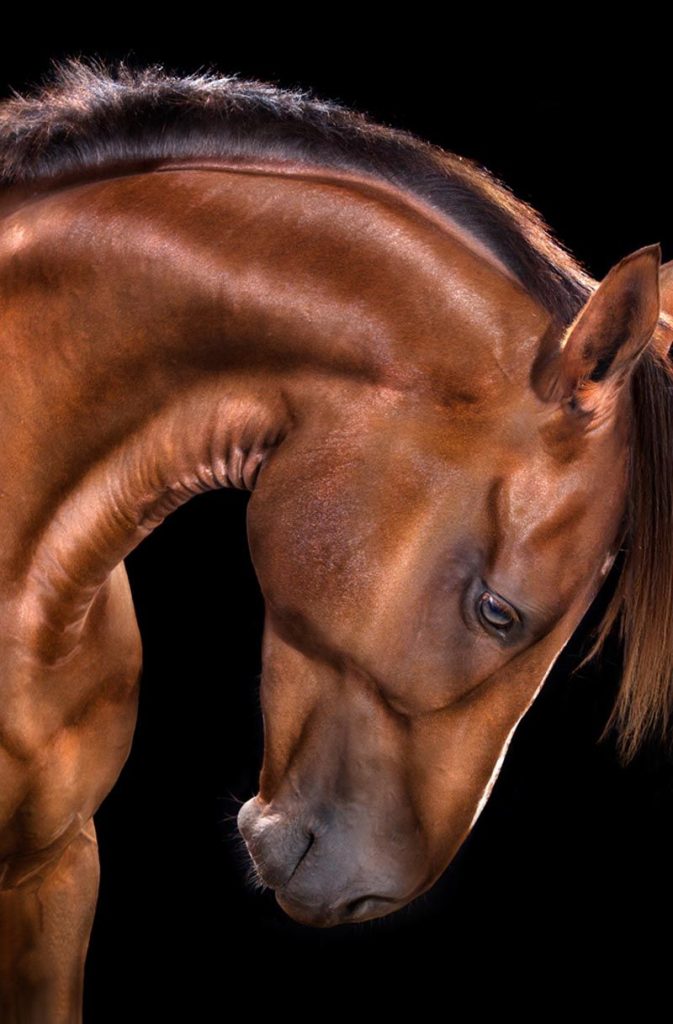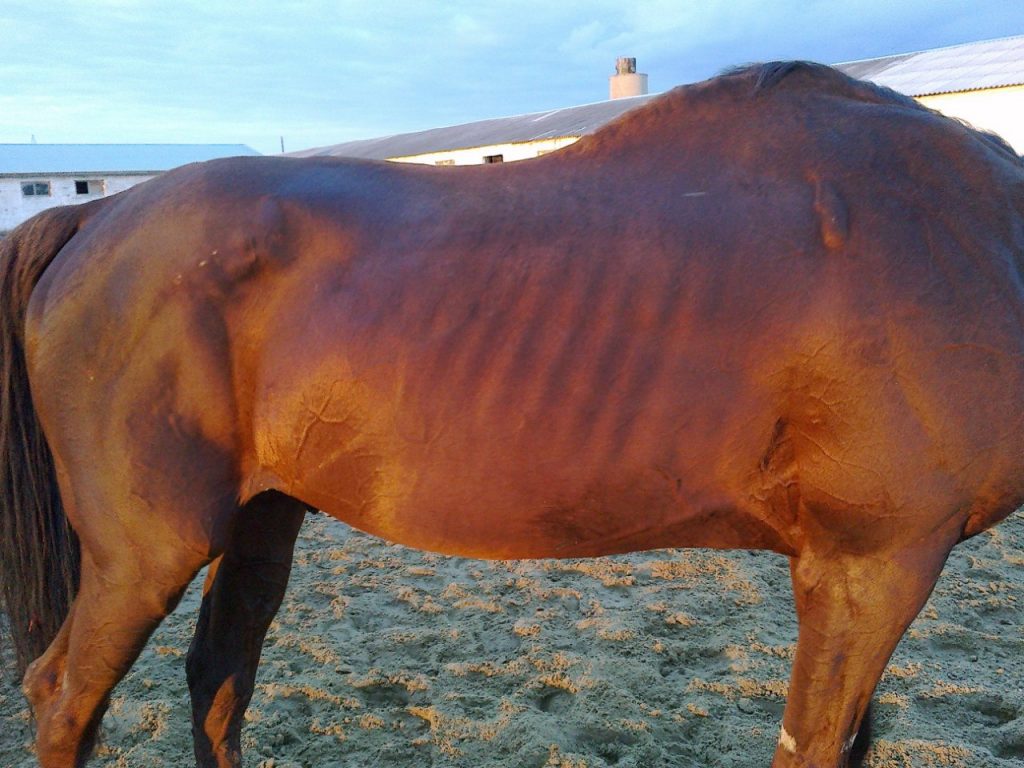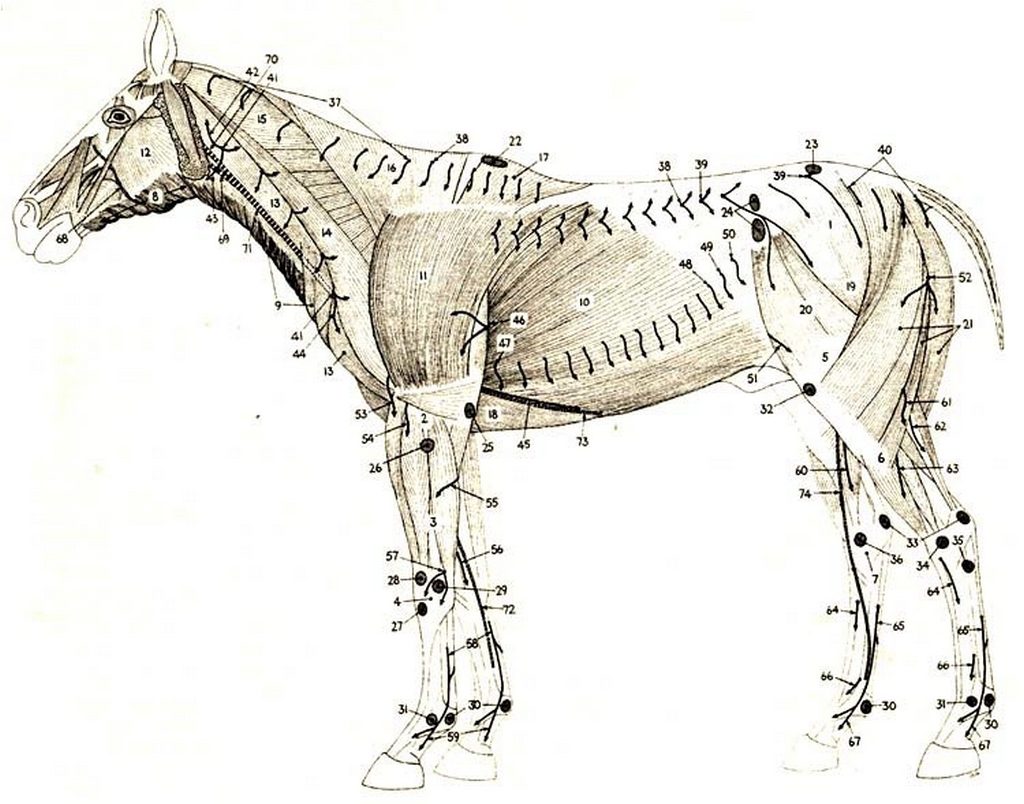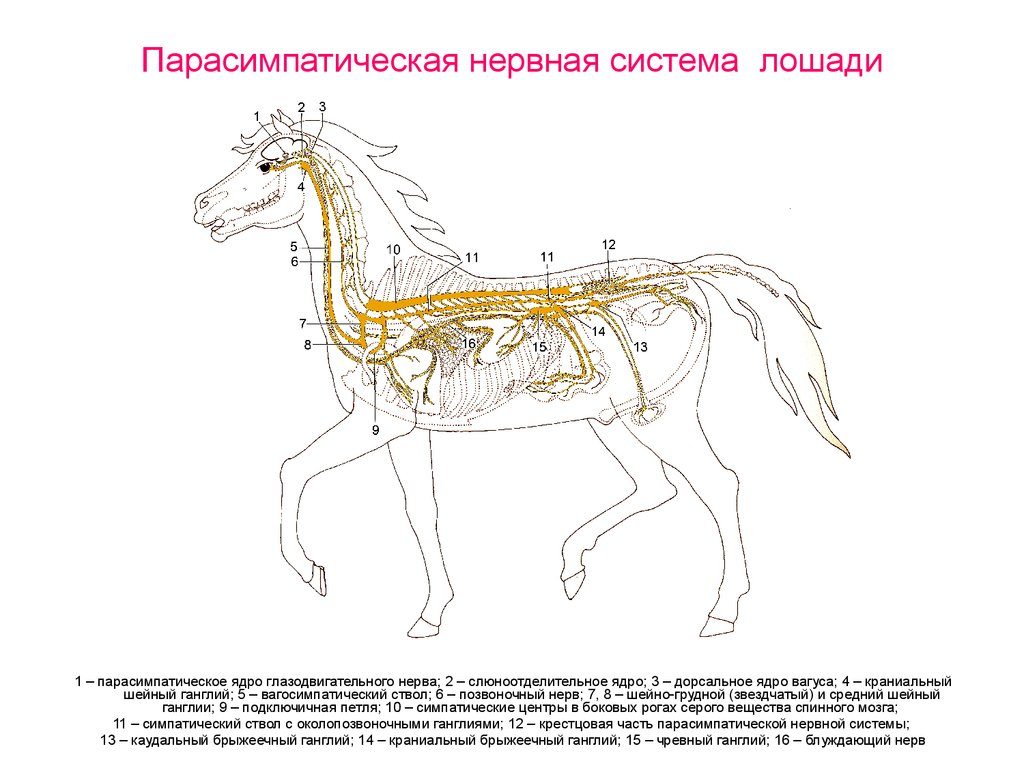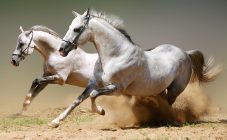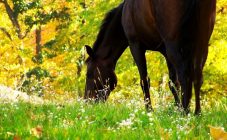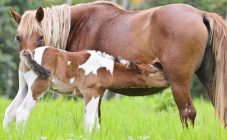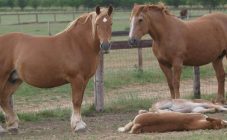Content:
In order to deal with horses, you need to know a lot and be able to. In particular, it is important to have a good understanding of the horse's structure. It is quite complex, but if you understand it, you can provide a healthy living environment for horses and use them with maximum efficiency.
Skeleton
Bones are the foundation of the body. The skeleton of a horse is designed in such a way as to provide the ability to run quickly and be able to carry heavy loads. When a small foal is born, you can count 250 different bones in its skeleton.
The central part of the entire skeletal system of an animal is the spine. It performs a unifying function in relation to various parts of the horse, serves as a support for the back, waist, limbs, and neck.
Ribs are located on opposite sides of the vertebrae. They are curved and cover the chest of the animal. They have an important protective function in relation to the lungs and other internal organs. The ribs are connected to the lower sternum through cartilaginous joints.
The very back of the spine is the sacrum bone. From it further go the bones of the pelvis. The front legs of the horse are attached to the sternum, and the hind legs are attached to the pelvic bones.
Stati, or body parts
The total number of articles per horse reaches sixty. A detailed examination of each of them will make it possible to assess with high accuracy both the breeding and working value of a particular animal.
Usually, the exterior of a horse is divided into three simple groups:
- head;
- torso;
- limbs.
Additionally, you need to pay attention to the equine constitution.
Further areas of the horse's body will be discussed separately.
Head
It should have beautiful, correct proportions and size, correct lines. The optimal tilt of the equestrian head is 45 degrees with the neck. The top of the head determines the height of the horse. There are also options for defining it using other parts of the body.
Muzzle
There are three types of its structure:
- straight;
- convex;
- concave.
The first option is typical for large horses. This structure of the skull contributes to high-quality ventilation of the lungs during physical activity.
The bulging structure of the muzzle is usually found in heavy trucks.
The third of these is characteristic of oriental horse breeds. One example of this is the Akhal-Teke horse. With this version of the structure, the nasal passages are arranged in such a way that hot air cannot immediately enter the lungs, but gradually cool down. Another important property is that such anatomy of the muzzle prevents hot sand from getting inside the body.
The snoring on the horse's face is the front part of it, the role of which is similar to that of the human nose.
Ganache in a horse is the posterior corner of the jaw.
Lips
They are musculocutaneous, very sensitive folds. On the outside, sparse hairs grow on them. Inside, their surface is a pink epithelium. They have salivary glands.
Teeth
A healthy horse has 40 teeth.
Here are how many different types of teeth a horse has:
- 24 - molars;
- 4 - canine;
- 12 - incisor teeth.
Throughout its life, a horse's teeth gradually wear out. However, they do not grow back again.
The horse's jaw and the condition of the teeth of the horse make it possible to estimate its age fairly accurately. There is a gap between the incisors and the molars, in which there are no teeth. It is commonly referred to as a toothless edge. The bits placed in the horse's mouth are located precisely in this dental gap.
Ears
If a horse has mobile ears, this indicates the likelihood that he sees poorly, but constantly and diligently listens.
On the other hand, when the ears are still, this indicates that the horse is most likely deaf.
A healthy and self-confident animal keeps the ears straight and at the same time turns them slightly outward.
Eyes
As you know, in living beings, the eyes provide the maximum amount of information in comparison with other sense organs. It is the same with horses. The horse's muzzle and eyes are designed in such a way that the horse gets an almost full all-round view. At the same time, without turning his head, he is able to see what is happening from behind.
In a healthy horse, the eyes are usually moist, dark, and at the same time protruding. They have long straight eyelashes and dry, thin and neat eyelids. Eye color in some cases is light.
Neck
It is about a third longer in horses than the muzzle of an animal. If this part of the case is long and thin, it usually indicates the horse's quick reaction and good maneuverability.
Strong horses are characterized by a muscular neck. It can be short or medium. May be straight or slightly concave. The last of the options is not considered a disadvantage.
A lush mane grows on the outside of the horse's neck.
Withers
Where the neck joins the body, the horse's withers are there. The withers are high or low. It is believed that in the first case we are talking about fast and agile horses. And those with low withers are considered to be more trainee. The latter are also assumed to have good show jumping ability. The height of a horse at the withers is considered the standard way of measuring height.
Back
It is customary to evaluate it according to harmony and proportion. The best option is when the back has an average length and straight shape (it should not be convex and not bent).
If the back is saggy, then this is usually due to the following circumstances:
- Riding without a saddle for a long time.
- The presence of a birth injury can lead to this.
- It is possible that the cause is a work injury.
In cases where the riding horse has a long back, this circumstance can lead to injury. Therefore, these animals are used for other purposes.
Horses with short backs are considered resilient and hardy animals. However, they usually lack maneuverability.
There are also horses whose back is carp-shaped. This indicates excellent coordination, good working qualities and developed muscles of the horse.
Small of the back
Represents the location from the back to the beginning of the croup. In a normal horse, this part of the body should be muscular and broad. This is due to the fact that it is on her that the horse has the main physical activity.
If the mare has already given birth, her lower back may sag a little.
Croup
It is a part of the horse body. The croup is the rear of the horse. It is one third of the body length. This is what a horse's croup is: it runs from the middle of the body to the top of the tail. If the horse is a racehorse, this part of the body will be slightly shorter.
It can be of three types:
- normal;
- raised;
- omitted.
Most horses have normal croup. If a horse has been trained a lot, then in most cases it will have a drooping croup.
Chest and abdomen
If the horse is a draft horse, then it should have a broad, strong and muscular chest. Musculature is necessary in order to withstand strong physical activity.
A deep chest is beneficial for racers and mounts.It indicates a strong and healthy heart and that the lungs have a large volume.
A healthy horse's belly should be tucked up, round and soft.
An overly sucked belly is not a sign of good health. If this circumstance occurs, then, most likely, he can be diagnosed with an intestinal disorder.
Tail
The outer (hair) part of the tail grows out of the tail - its base, which makes up its upper section. On some horses, the hair is trimmed or braided. Often the color of the tail is different from that of the horse.
Limbs
Each of the front legs is a serial connection of the following bones:
- scapula;
- brachial bone;
- radius;
- carpal joint;
- metacarpal bone.
The base of the metacarpus is the metacarpal and slate bones.
The situation is similar with the hind limbs.
They consist of the following parts:
- the iliac pelvic bone is directly attached to the spine;
- followed by the femur;
- then the tibia and fibula are located in parallel;
- bones are tarsus;
- metatarsal bone;
- further located are the digital phalanges, which include: the coronary, hoof and fetlock joints in a horse.
Considering that the entire skeletal system of this animal is under great stress, even one leg fracture is a very serious injury. It almost never heals completely. Moreover, such an animal will no longer be able to be used for carrying heavy loads or under a saddle. It will have to be transferred to an easier job if you do not want to get rid of it altogether.
The front legs are usually wider than the hind legs, while being shorter at the same time.
Internal organs
The functions of the internal organ systems are very important for the body. They are responsible for digestion, breathing, blood circulation, regulation of vital processes.
The cardiovascular system
In this system, one can distinguish a large and a small circle of blood circulation. The horse's heart is four-chambered. The weight of this organ is usually 8 kg. In addition, this system includes arteries, capillaries and veins. The circulatory system, through the blood, delivers the necessary amount of nutrients and the right amount of oxygen to all organs of the body.
In addition, the blood takes and removes carbon dioxide and unwanted products from the metabolic and gas exchange processes from the body.
The heart rate in adult horses averages 30-40 beats per minute. For a foal, this frequency can be equal to 70-80 strokes.
Respiratory system
It consists of horse nostrils, larynx, trachea, lungs. The airways carry out heating and purification of the air supplied for breathing. In addition, it is moistened here.
The larynx is formed by cartilage, while it is covered inside by a soft mucous membrane. In addition to performing the respiratory function, sounds are formed with its help. The trachea from the larynx carries air to the lungs.
A typical adult horse has a lung size of 50 liters. Five liters of air enter the horse's lungs at a time.
Digestive system
This animal is herbivore, it has a single chamber stomach. Its volume ranges from 10 to 15 liters. When absorbing food, the horse processes it by grinding with its teeth, wetting it with excess saliva.
Through the esophagus, this mass enters the stomach. There it is stacked in layers one on top of the other. They are digested gradually, in order.
Nervous system
It regulates all vital processes in the horse's body. These animals are developed and highly organized, which indicates a relatively high degree of development of the brain and nervous system.
Choosing horses and caring for them, taking into account the peculiarities of the structure of their body, will ensure their health and work with them with maximum benefit and pleasure.
